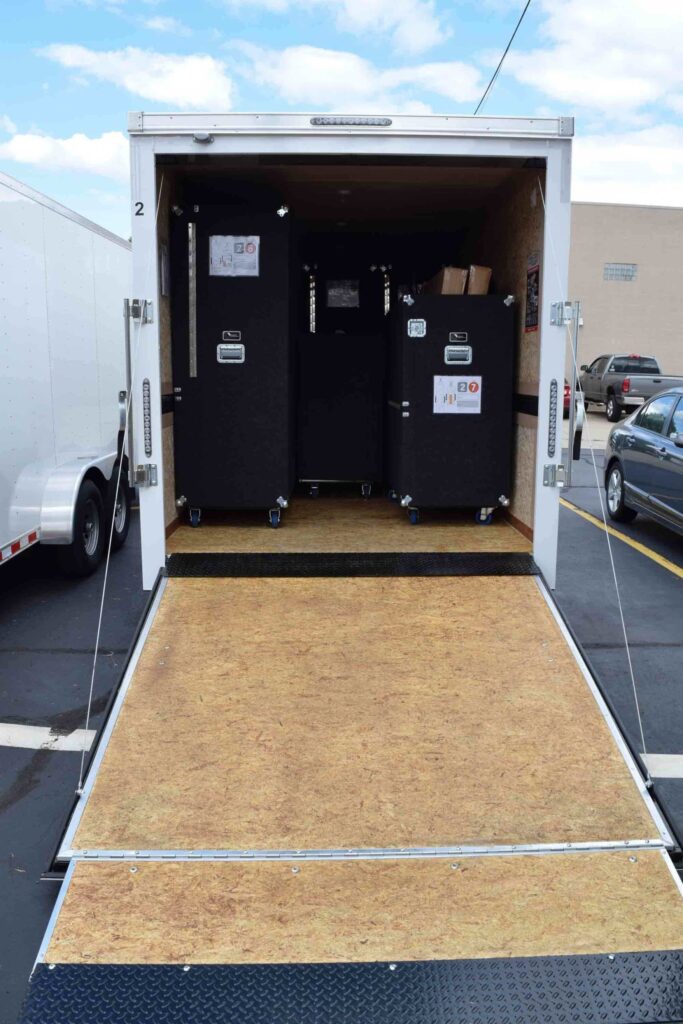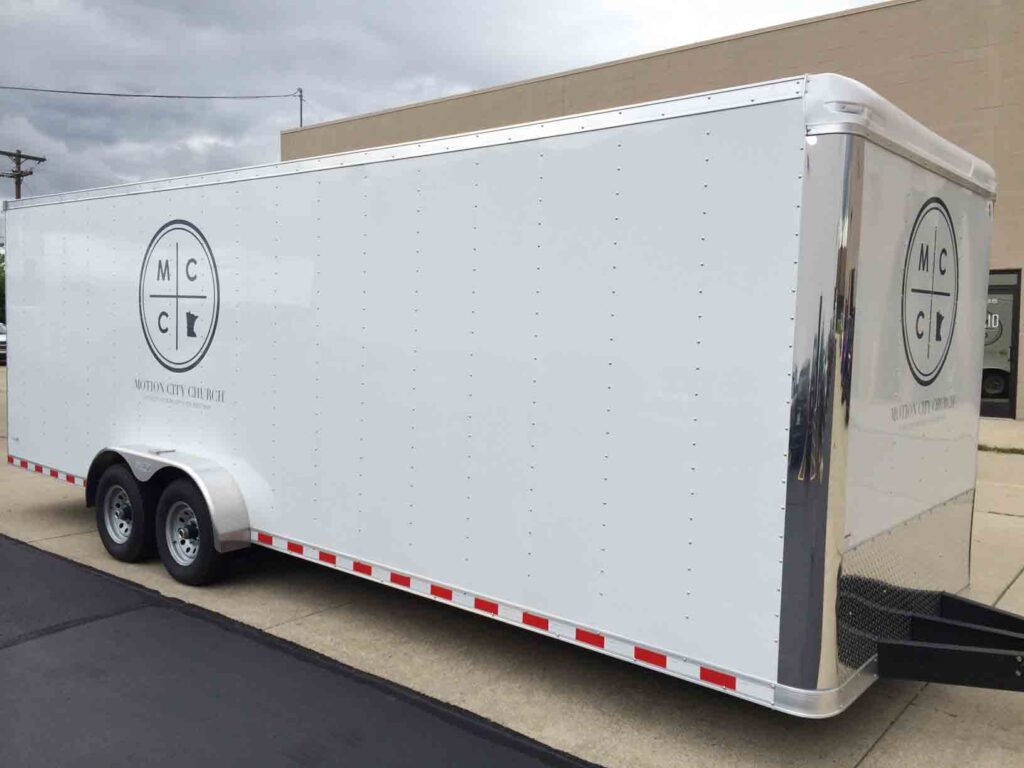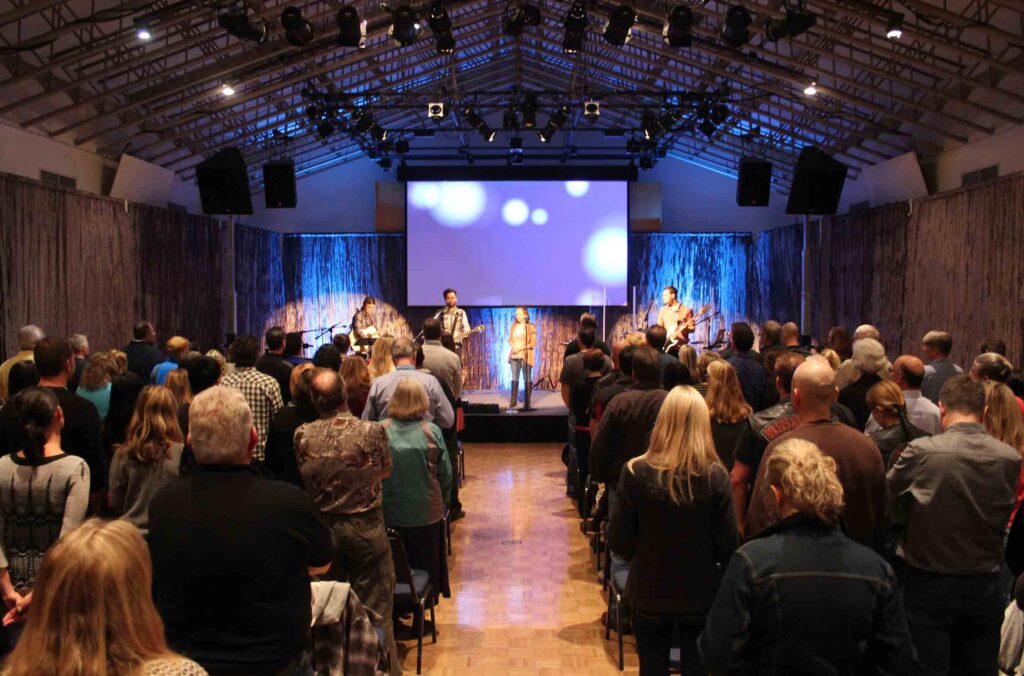Go Portable First
GO PORTABLE FIRST! Why Churches Should Go Portable First with Their Next and Maybe Every New Location by Jeff Beachum Launching a new campus is an exciting milestone for any church whether you’re multisiting or planting! But it can also be a significant financial and logistical challenge. While…
Read MoreThis should be obvious…
This should be obvious… Romans 10:14 How then will they call on him in whom they have not believed? And how are they to believe in him of whom they have never heard? And how are they to hear without someone preaching? Too many believers are ill-equipped to share the gospel and lead someone to…
Read MoreConfirming What’s Important in Launching New Locations
Confirming what’s Important in Launching New Church Locations! by Jeff Beachum I was recently struck by a data point that has been celebrated by some decision-makers in the church and lamented by others. 68% of new church locations are still open after4 years. From the rearview mirror, that means that 32% fail. Gulp! So just…
Read MoreThe Exciting & Uncomfortable Side of Growing Churches.
The Exciting & Uncomfortable Side of Growing Churches. “Hey there friends, have any of you figured out how to……?” If you are involved in any gathering of leaders, either in a physical or digital space, you’re likely to hear a question like this one. Within hours, sometimes minutes, a host of peers are reaching out…
Read MoreRamblings of an innovative Church Multiplication Specialist….on Launch Strong & Thrive
Ramblings of an innovative Church Multiplication Specialist….on Launch Strong & Thrive Knowing for weeks that this post needed to be written, I began thinking about how important momentum is, oddly enough, at the State Fair! While watching my grand-twins enjoying the mid-way rides for small people, I glanced over to see the rollercoaster full of…
Read MoreHow to Avoid Pastor Burnout While Launching a Church
For multisite and church planting teams, launching a church can be a daunting task that requires a significant amount of time and energy. Unfortunately, this leaves pastors with little time to connect with people. Instead of building relationships, they’re often consumed by logistics, which can quickly lead to burnout.
Read MoreEverything You Need to Know: Portable Church Case Tutorials for Beginners and Experts
We hope you’ll use this case tutorial to help your volunteers and staff brush up on how to safely and efficiently manage your church’s investment in their cases. If you don’t own any cases and would like to learn more, feel free to contact us today to schedule a consultation.
Read More5 Steps & Checklist For Trailer Upkeep for Your Portable Church
Regular maintenance on your portable church’s trailer can save you a lot of money in the long run by reducing the risk of breakdowns, prolonging its life, and minimizing the need for costly repairs. In addition, a well-maintained trailer can ensure your safety on the road and make your towing experience a lot smoother.
Read More6 Tech Team Tips So You Can Master Front of House
If you’re a part of a portable church tech team or leading one, you know that it goes beyond just pushing buttons and turning knobs. A successful team must possess qualities such as preparation, organization, and attention to detail. Get 6 tech team tips to master front-of-house in this article.
Read More9 Valuable Resources Churches Can Expect to Gain During a Portable Church Plant Consultation
Our portable church plant consultation has been designed for new launches and provides detailed maps, reports, and plans that form the framework for transforming your vision into a concrete reality. In this article, we will delve into what church plant teams can expect during this transformational process and how it can impact the church moving forward.
Read More








